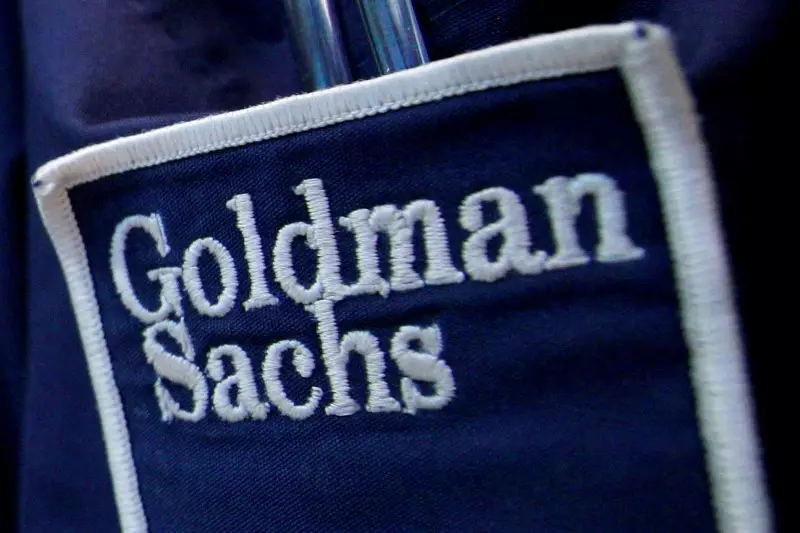In a recent analysis, Goldman Sachs economists have underscored key inquiries that will shape the U.S. economic landscape by 2025. Foremost among these is their optimistic projection for GDP growth, which is anticipated to reach 2.4%. This figure exceeds the broader consensus of 2.0% and is attributed largely to factors such as strengthened domestic private demand and increased business investments. Notably, advancements in artificial intelligence and supportive measures from federal initiatives, like the Inflation Reduction Act, are expected to play pivotal roles in fostering an environment conducive to growth.
Consumer Spending Dynamics
The trajectory of consumer spending is another crucial query addressed by Goldman Sachs. They forecast a commendable increase of 2.3% in consumer spending, bolstered by several interrelated factors. Real income gains, a robust labor market, and the ripple effect of rising stock market values will likely empower consumers, enabling them to maintain resilience in their spending patterns. This anticipated stability in expenditure reflects the broader economic health that consumers feel on an individual level.
The state of the labor market emerges as a major point of discussion in Goldman’s outlook. Contrary to expectations of significant softening, the bank predicts a slight decrease in the unemployment rate to approximately 4% by the close of 2025. This projection suggests a robust demand for labor paired with a decline in incoming immigrant labor, creating a stable yet competitive employment environment. Maintaining such low unemployment levels could underscore the economy’s resilience in adapting to external pressures.
Inflation rates, particularly core Personal Consumption Expenditures (PCE), are projected to drop to 2.1% by the end of 2025, according to Goldman Sachs’s analysis. This decline is expected as wage pressures ease, contributing to broader price stability. In response to these economic shifts, Goldman forecasts that the Federal Reserve may implement three rate cuts in 2025, reflecting their confidence in reducing inflation and navigating potential tariff challenges effectively.
As the political landscape evolves with a new administration, questions arise regarding potential changes in Federal Reserve leadership and immigration policy. Goldman Sachs largely dismisses concerns that the President-elect may attempt to alter the role of Fed Chair Powell, emphasizing legal constraints that protect the position. Additionally, the forecasts suggest a reduction in net immigration figures, aligning with stricter policies from the previous administration, which could have further implications for economic growth and labor supply.
In terms of international trade, Goldman anticipates an environment marked by higher tariffs on Chinese imports while stopping short of a scenario involving universal tariffs. Such measures reflect heightened economic tensions, yet the risks tied to these policies remain significant. Moreover, the report indicates challenges in reducing the federal budget deficit. With plans for tax cuts coupled with rising defense expenditures, fiscal constraints may pose obstacles to significant budget reforms, underscoring the complexity of managing economic stability in the coming years.
Goldman Sachs provides a cautiously optimistic outlook for the U.S. economy heading into 2025, influenced by both structural domestic factors and external pressures.

